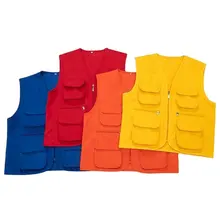The medieval dress holds a significant place in the historical fashion spectrum. Reflecting the style of different periods from the Middle Ages, these garments are often characterized by their detailed craftsmanship and distinct design. Today, they have become popular choices for reenactment events, themed parties, and even weddings.
Types of medieval dresses
The medieval costume range is quite diverse, considering the numerous eras and regions it spans. One of the popular types is the medieval princess dress, which is often made of luxurious fabrics and adorned with intricate embroidery. Their full skirts and fitted bodices make them a staple of many historical and fantasy-themed events. On the other hand, a medieval gown can be simpler, made of plain fabrics, and designed with practicality and everyday life in mind. Another common type is the medieval lady costume, which often includes a kirtle or a surcoat. For men, medieval clothing typically includes tunics and trousers, often worn with a cloak or hood.
Applications of medieval dresses
The applications of these historical garments extend beyond reenactments and parties. A medieval wedding dress, for example, is a unique choice for brides who want to infuse their special day with a touch of historical romance. Similarly, a medieval fancy dress can be a fun and unique choice for a themed party or a Halloween event. Moreover, medieval outfits are also used in theatre and film productions to achieve authenticity and evoke the atmosphere of the Middle Ages. They can also be seen in role-playing games and cosplay events, where participants aim to accurately represent characters from medieval-themed narratives.
Materials used in medieval dresses
When it comes to the materials used in making these garments, it's important to remember that textiles in the Middle Ages were often handmade and thus varied greatly in quality and availability. The majority of medieval dresses were crafted from wool, linen, or silk. Wool was the common material, used for everything from simple peasant garb to more elaborate noble attire. For those seeking a more luxurious look, silk was the preferred choice. However, these were often reserved for the wealthy due to their high cost. Linen, on the other hand, was used for undergarments and lighter clothing. Today, many plus-size medieval clothing and size medieval dresses are made from synthetic materials, providing the look of the past with the comfort and durability of modern fabrics.
The medieval dress continues to captivate with its historical charm and diverse styles. Whether it's a simple peasant outfit or a regal princess gown, these garments offer a nostalgic escape into a bygone era.











































 浙公网安备 33010002000092号
浙公网安备 33010002000092号 浙B2-20120091-4
浙B2-20120091-4